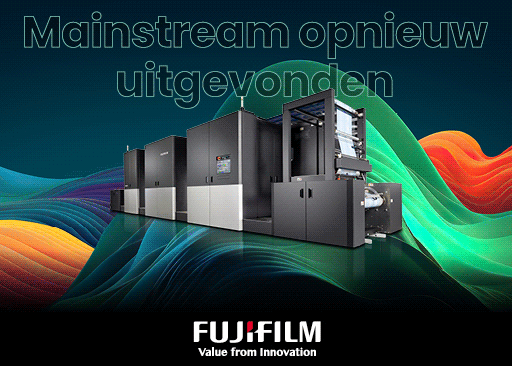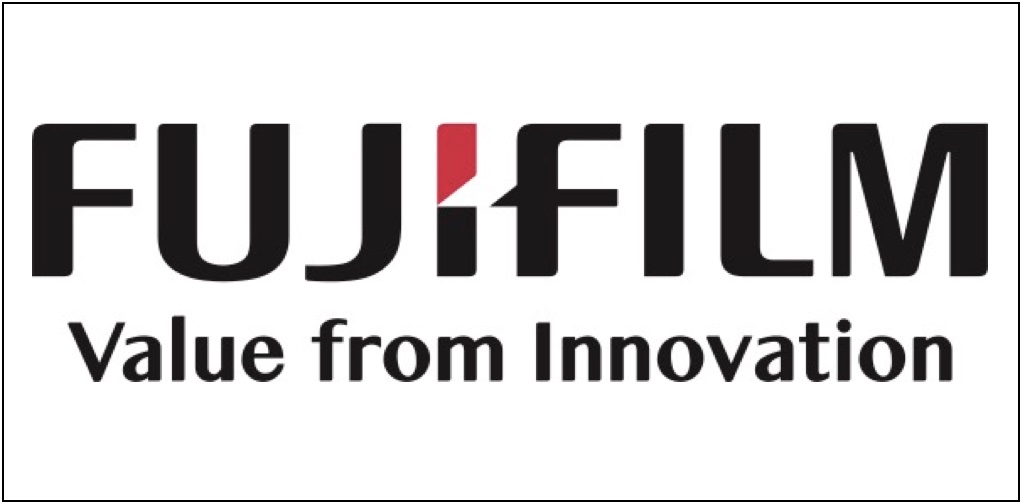Laurel Brunner: Energy Calculations for Digital Presses
 The problem is not unique to digital presses, but how do you measure energy usage and the overall energy efficiency of a machine? With cars the most usual method is the miles per gallon, or how many litres of fuel it takes to travel 100 kilometres. Just in this example we can see how slippery the actual values are, how subjective. For instance do the calculations accurately take into account traffic, hills, darkness or temperature? The problem with energy calculations is, that there are so many variables involved. The data on which the averaged result is based is likely to be deeply buried, so using the result in a meaningful way won’t be easy or convenient.
The problem is not unique to digital presses, but how do you measure energy usage and the overall energy efficiency of a machine? With cars the most usual method is the miles per gallon, or how many litres of fuel it takes to travel 100 kilometres. Just in this example we can see how slippery the actual values are, how subjective. For instance do the calculations accurately take into account traffic, hills, darkness or temperature? The problem with energy calculations is, that there are so many variables involved. The data on which the averaged result is based is likely to be deeply buried, so using the result in a meaningful way won’t be easy or convenient.
A digital press is designed and configured for particular target applications, but it can also be used for other purposes once installed. Transactional devices get used for book printing or sign making, for example, so there is no such thing as a generic digital press. These printers use different inks and imaging technologies and they print at different speeds. Achieving an acceptable print, one that can be sold, may depend on other processes which are not connected to the digital press, as happens with packaging print or textile production. In the case of textiles the print produced on a dye sublimation machine, has to be calendared in a high energy process requiring heat and pressure. A packaging press doesn’t necessarily print packages, but merely their visual appearance and structural components. Without finishing, the packaging print is just prints. In both of these cases, it makes more sense to measure the energy usage of the system, rather than just of the press.
Things are less complicated for sign and display production using digital presses. The prints are for the most part ready to go. There may be some additional finishing, such as cutting, but mostly the print engine produces end products. The same is true for transactional print although one could argue that end products are bills in envelopes, so inserting, a finishing process of sorts, must also be included.
Whether we should be measuring the energy usage of digital presses, or of digital print media production systems, seems like a massive ask. But either way the press itself is the heart of a digital printing system, so we have to start there. We then have to ask ourselves what counts as the start of energy usage, and this is equally tricky to answer. There is a case for suggesting that measurements should not start until the printing engine is printing, rather than warming up or in stand-by mode. However at the point of starting to print there will be an atypical energy usage surge, the effect of which is minimal for most production runs. For devices that start and stop with greater frequency, the impact of the surge energy on the overall energy usage will be proportionally higher so its contribution is not negligible.
Standard energy usage calculations for digital presses assumes that there are standard digital presses and standard print applications, which there clearly aren’t. How we measure energy usage may to some extent depend on why we measure it and how results are used.
Laurel Brunner
This article was produced by the Verdigris project, an industry initiative intended to raise awareness of print’s positive environmental impact. This weekly commentary helps printing companies keep up to date with environmental standards, and how environmentally friendly business management can help improve their bottom lines. Verdigris is supported by the following companies: Agfa Graphics, EFI, Epson, Fespa, HP, Kodak, Kornit, Ricoh, Spindrift, Unity Publishing and Xeikon.
De trainingen voor 2022 staan gereed. Kijk voor het volledige online aanbod van bestaande- en nieuwe trainingen op de website.
BLOKBOEK.COM EN PRINTMEDIANIEUWS: HET OPTIMALE DOELGROEP BEREIK





















